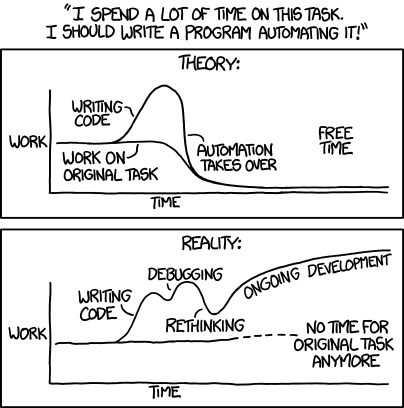Kyoto Tycoon Secure Replication
Kyoto Tycoon is a distributed key-value store written by FAL Labs, and it is used extensively at CloudFlare. Like many popular key-value stores, Kyoto Tycoon uses timestamp-based replication to ensure eventual consistency and guarantee ordering. Kyoto Tycoon is an open source project, and in the spirit of the holidays, we’re contributing our internal changes back to the open source project.
 CC BY-ND 2.0 image by Moyan Brenn
CC BY-ND 2.0 image by Moyan Brenn
CloudFlare uses Kyoto Tycoon to replicate data from a Postgres Database to our 30 data centers around the world. In practice, it takes around 3 seconds for full propagation in normal conditions. This is our pipeline for distributing sensitive data like our session ticket keys and DNS data to the CloudFlare edge.
Protecting data in transit
If the Internet is not a dangerous place, it at least has dangerous neighborhoods. To move from one datacenter to another, data has to pass through the public Internet. Data could end up going though some network with a wire-tap in place, or through a network with an unscrupulous network operator.
Datacenter-to-datacenter encryption has been brought into the international spotlight since the surveillance revelations. One of the leaked slides contained the expression “SSL added Continue reading

